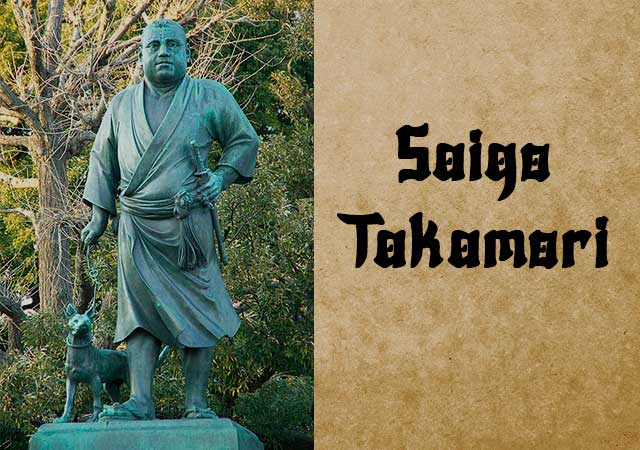
Saigo Takamori, often hailed as "The Last Samurai," emerged from humble beginnings as a minor samurai official born in Kajiya-cho, nestled within the castle town of Kagoshima, Satsuma Domain, on January 23, 1828. His prominence surged during Japan's transition away from feudalism and toward Imperial restoration. Takamori's journey began as part of a delegation dispatched to Edo (present-day Tokyo) to aid Satsuma daimyo Shimazu Nariakira in fostering relations with the Tokugawa Shogunate.
Intrigues within the Shimazu clan propelled Saigo Takamori from a low-ranking assistant to the esteemed position of the lord's personal attendant, owing to Nariakira's need for loyal aides. The untimely demise of Shimazu Nariakira due to heatstroke in 1858, coupled with the Ansei Purge—ousting over 100 dissenting samurai from governmental and court positions due to opposition to Shogunate trade policies—forced Takamori to flee to Kagoshima. There, he was apprehended and exiled by the new Satsuma daimyo, Shimazu Hisamitsu.
However, Hisamitsu later pardoned Takamori in 1864, dispatching him as the domain's envoy to the Imperial Court in Kyoto. Assuming command of Satsuma forces, Takamori allied with Aizu troops to suppress a rebellion by rival Choshu samurai planning to seize the Imperial Palace. Despite being designated commander of a Tokugawa-aligned army against the Choshu domain, Takamori clandestinely negotiated with the Choshu clan to unify their forces and topple the Tokugawa regime.
The resignation of Shogun Yoshinobu and the subsequent restoration of power to Emperor Meiji set the stage for the Boshin War, pitting Imperial loyalists against pro-Tokugawa factions. Takamori led Imperial forces in pivotal battles, including the Battle of Toba-Fushimi and the acceptance of Edo Castle's surrender from Katsu Kaishu.
Renowned for his role in ending feudalism and instituting a conscript army, Takamori advocated for military modernization while harboring ambitions for a Korean expedition. Despite his opposition to Japan's westernization and railroad development, Takamori contemplated a self-sacrificial mission to instigate war with Korea. Upon abandoning this plan, he retired to Kagoshima, where a contingent of samurai loyalists rallied around him.
Perceiving government intervention as a declaration of war, Takamori led a revolt against Imperial forces, culminating in the Battle of Shiroyama. Outnumbered and outgunned, his samurai adherents, reduced to traditional weaponry, fought valiantly until only a handful remained. Takamori himself succumbed to grave injuries, purportedly choosing the honorable death of seppuku, though some accounts suggest he died from bullet wounds.
Saigo Takamori's legacy endures, immortalized in Ueno Park, Tokyo, through a statue believed to depict him, though recent revelations cast doubt on its accuracy. Despite controversies surrounding his demise, Takamori's unwavering commitment to samurai principles and his pivotal role in Japan's modernization remain indelibly etched in history.
See also
-
Yamagata Masakage
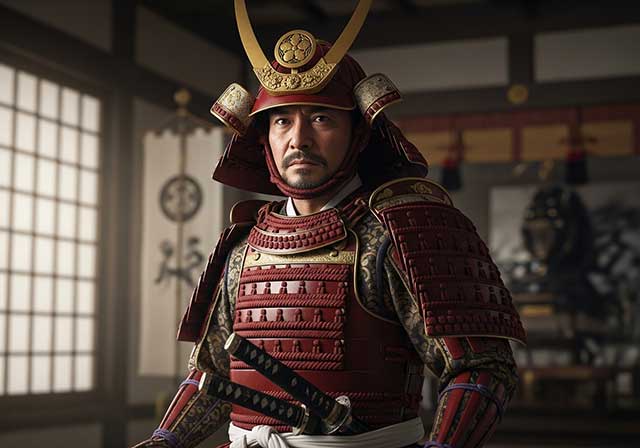
Masakage was one of Takeda Shingen’s most loyal and capable commanders. He was included in the famous list of the “Twenty-Four Generals of Takeda Shingen” and also belonged to the inner circle of four especially trusted warlords known as the Shitennō.
-
Yagyu Munenori
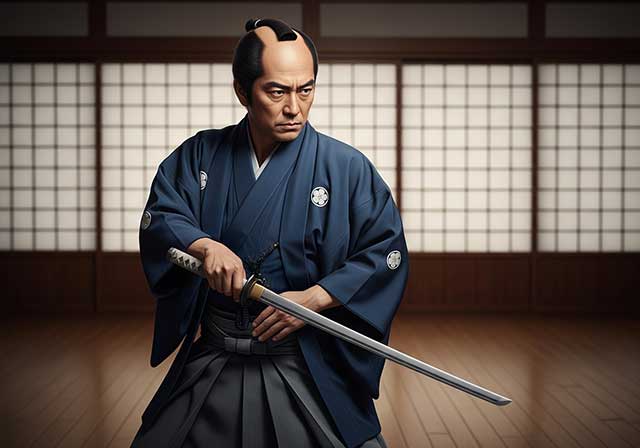
Yagyū Munenori began his service under Tokugawa Ieyasu while his father, Yagyū Muneyoshi, was still at his side. In 1600, Munenori took part in the decisive Battle of Sekigahara. As early as 1601, he was appointed a kenjutsu instructor to Tokugawa Hidetada, Ieyasu’s son, who later became the second shogun of the Tokugawa clan.
-
Yagyu Muneyoshi
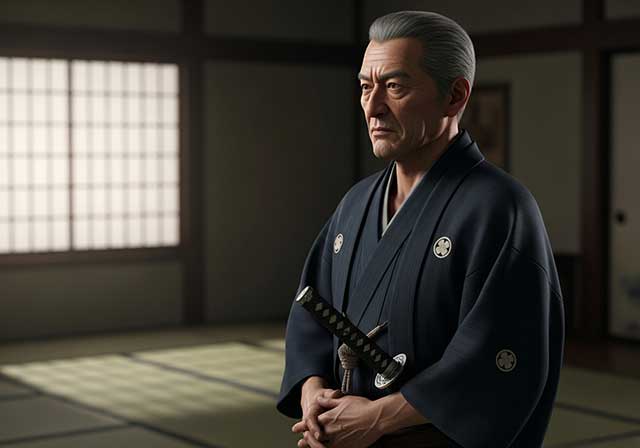
A samurai from Yamato Province, he was born into a family that had been defeated in its struggle against the Tsutsui clan. Muneyoshi first took part in battle at the age of sixteen. Due to circumstances beyond his control, he was forced to enter the service of the Tsutsui house and later served Miyoshi Tōkei. He subsequently came under the command of Matsunaga Hisahide and in time became a vassal first of Oda and later of Toyotomi.
-
Endo Naozune
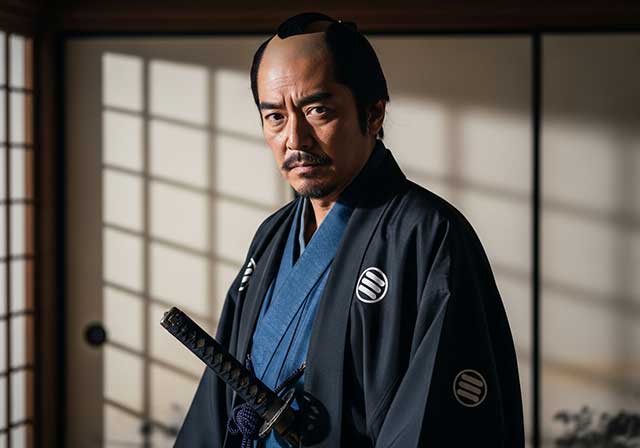
Naozune served under Azai Nagamasa and was one of the clan’s leading vassals, renowned for his bravery and determination. He accompanied Nagamasa during his first meeting with Oda Nobunaga and at that time asked for permission to kill Nobunaga, fearing him as an extremely dangerous man; however, Nagamasa did not grant this request.
-
Hosokawa Sumimoto
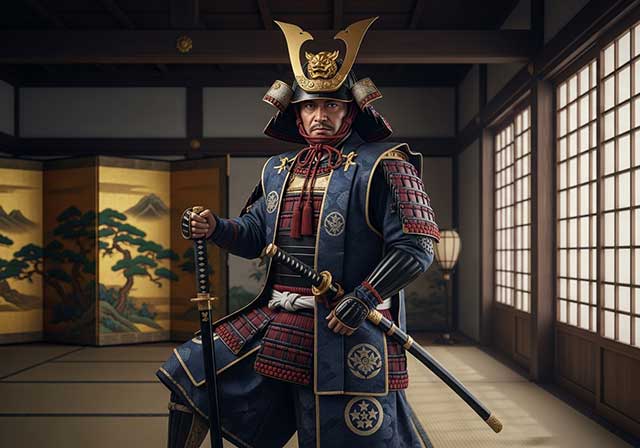
Sumimoto came from the Hosokawa clan: he was the biological son of Hosokawa Yoshiharu and at the same time the adopted son of Hosokawa Masamoto, the heir of Hosokawa Katsumoto, one of the principal instigators of the Ōnin War. Masamoto was homosexual, never married, and had no children of his own. At first he adopted Sumiyuki, a scion of the aristocratic Kujō family, but this choice provoked dissatisfaction and sharp criticism from the senior vassals of the Hosokawa house. As a result, Masamoto changed his decision and proclaimed Sumimoto as his heir, a representative of a collateral branch of the Hosokawa clan that had long been based in Awa Province on the island of Shikoku. Almost immediately after this, the boy became entangled in a complex and bitter web of political intrigue.
-
Honda Masanobu
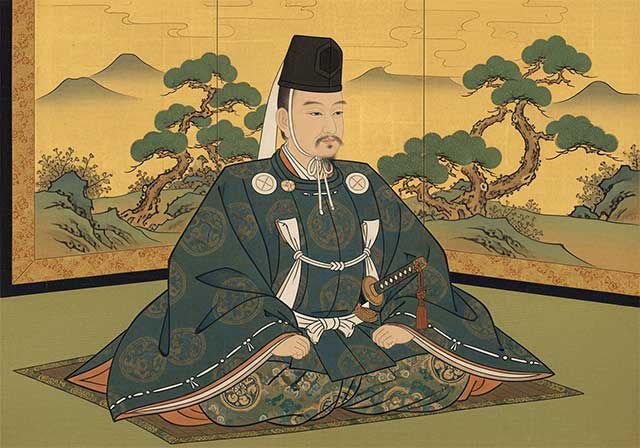
Masanobu initially belonged to the retinue of Tokugawa Ieyasu, but later entered the service of Sakai Shōgen, a daimyo and priest from Ueno. This shift automatically made him an enemy of Ieyasu, who was engaged in conflict with the Ikkō-ikki movement in Mikawa Province. After the Ikkō-ikki were defeated in 1564, Masanobu was forced to flee, but in time he returned and once again entered Ieyasu’s service. He did not gain fame as a military commander due to a wound sustained in his youth; nevertheless, over the following fifty years he consistently remained loyal to Ieyasu.
-
Honda Masazumi

Masazumi was the eldest son of Honda Masanobu. From a young age, he served Tokugawa Ieyasu alongside his father, taking part in the affairs of the Tokugawa house and gradually gaining experience in both military and administrative matters. At the decisive Battle of Sekigahara in 1600, Masazumi was part of the core Tokugawa forces, a clear sign of the high level of trust Ieyasu placed in him. After the campaign ended, he was given a highly sensitive assignment—serving in the guard of the defeated Ishida Mitsunari, one of Tokugawa’s principal enemies—an obligation that required exceptional reliability and caution.
-
Hojo Shigetoki
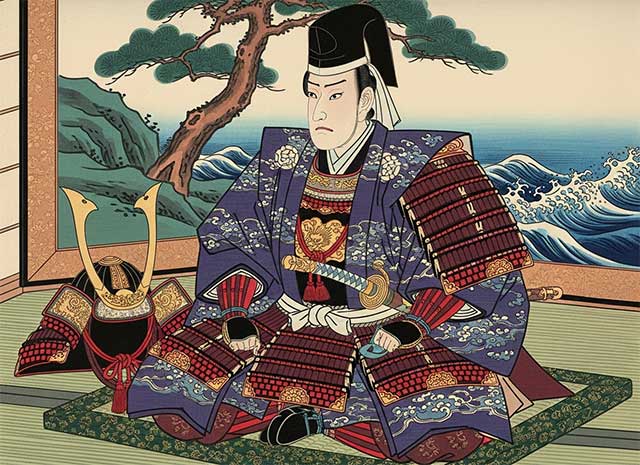
Hōjō Shigetoki, the third son of Hōjō Yoshitoki, was still very young—only five years old—when his grandfather Tokimasa became the first member of the Hōjō clan to assume the position of shogunal regent.

